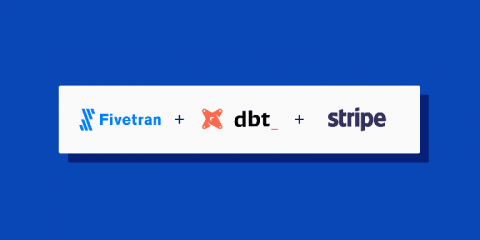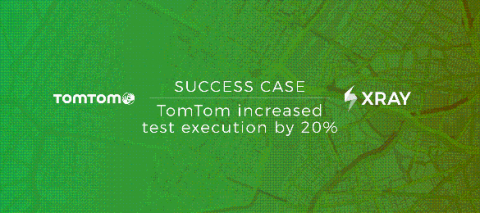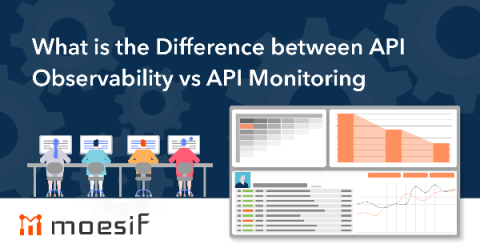Systems | Development | Analytics | API | Testing
%term
Announcing the Fivetran dbt Package for Stripe
Our new dbt package will help you make sense of Stripe’s detailed API and improve your finance analytics.
Dwell Time for SEO: What It Means & 25 Ways to Improve It
TomTom migrates to Xray from HP ALM for better efficiency
TomTom is the leading independent location technology specialist. Their non-stop innovation keeps the world moving forward – freely, efficiently, safely. Their maps for automated and autonomous driving, navigation software and real-time traffic and travel information provide a better way forward. That’s why 100’s of millions of people, leading car manufacturers, cities, governments, technology companies and developers rely on TomTom’s products and services every day.
What is the Difference between API Observability vs API Monitoring
The traditional definition of API monitoring has been around for years from companies like SmartBear, APIMetrics, and Runscope and useful to check API correctness and performance. An API monitoring tool initiates API calls against your chosen endpoints and then records the response received. Additional checks can be added such as create a slack alert on a 500 error or timeout.
Introducing Versions API to Automate Error Response for New Code Versions
You know the feeling. You’ve just deployed a new version to production and are monitoring the Rollbar dashboard for any new errors or looking out for any Slack notifications. You’re keeping an eye on the number of new or reactivated errors, their severity level, and triaging to see which errors need to be assigned and to whom. Now what if you could automate these tasks?
Real-Time Cost Alerts and Forecasts for AWS
For many companies, cloud costs are among the top investments these days. With a growing number of services, instances and regions, cloud cost optimization is becoming increasingly painful. Companies use cloud management platforms to optimize costs and increase cloud visibility and security. But staying on top of AWS budgets requires proficiency, agility and time—especially when any glitch can result in massive cost bleeds.
Do Cloud Better with an Enterprise Data Cloud
Cloud for analytics may be the biggest bait and switch in recent history. Until now. Not long ago, cloud was billed as the promised land – a mystical paradise of flexibility, scalability, performance and, best of all, lower costs than we ever thought possible.
Google Cloud named a Leader in the 2020 Forrester Wave for API Management Solutions
APIs are a critical component of any enterprise’s digital transformation strategy. They can drive customer engagement, accelerate time to market of new services, power innovation and unlock new business opportunities. Therefore, choosing the right API management platform is critical to running a successful API program, and research from industry analyst firms like Forrester Research can help enterprises evaluate and choose the right solution.
Kong Mesh 1.0 Released!
We are happy to announce the general availability of Kong Mesh 1.0! Kong Mesh is Kong’s first enterprise service mesh built on top of Kuma and Envoy that organizations can use to deploy a modern mesh across every application — running on both Kubernetes and VMs — and on every cloud or data-center.











